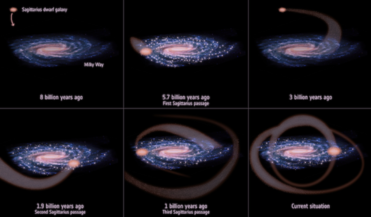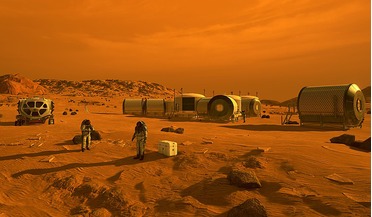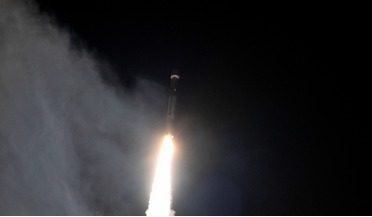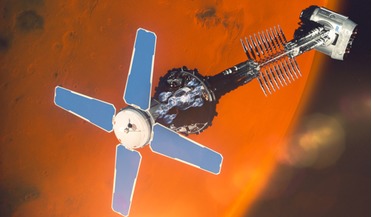 25 May 2020
Clashing galaxies may have triggered Solar System formation says new study
25 May 2020
Clashing galaxies may have triggered Solar System formation says new study
... than previously thought. After analysing the ages of tens of millions of stars in a 6,500 light-year radius bubble around the Sun in order to understand star-forming events, researchers uncovered a striking coincidence; each time Sagittarius ...
 20 September 2021
Best time for a human Mars mission? During a solar maximum, new study says
20 September 2021
Best time for a human Mars mission? During a solar maximum, new study says
... ionising effects of cosmic rays. But unfortunately for those who have ventured out beyond the protective bubble of Earth’s skies, cosmic rays can pass practically unimpeded through a typical spacecraft or the skin of an astronaut. To put...
 10 February 2020
ESA's Solar Orbiter probe blasts off to face the Sun
10 February 2020
ESA's Solar Orbiter probe blasts off to face the Sun
... in terms of its 11-year solar activity cycle, and how the Sun creates and controls the magnetic bubble – the heliosphere – in which our planet resides.” We are all Solar Orbiters Solar Orbiter will be one of two...
 02 August 2020
SpaceX’s historic Demo-2 mission ends with a splash
02 August 2020
SpaceX’s historic Demo-2 mission ends with a splash
.... Hurley and Behnken worked on numerous sample switch outs for the Electrolysis Measurement (EM) experiment, which looks at bubbles created using electrolysis and has implications for numerous electrochemical reactions and devices. Both crew members...
 13 January 2021
The UK Space Agency and Rolls-Royce launch study into nuclear-powered space exploration
13 January 2021
The UK Space Agency and Rolls-Royce launch study into nuclear-powered space exploration
... planets. The size of the dose increases the longer you spend in deep space, away from the bubble of protection given by the Earth’s magnetosphere. The appeal of a small nuclear power generator for propulsion also comes...